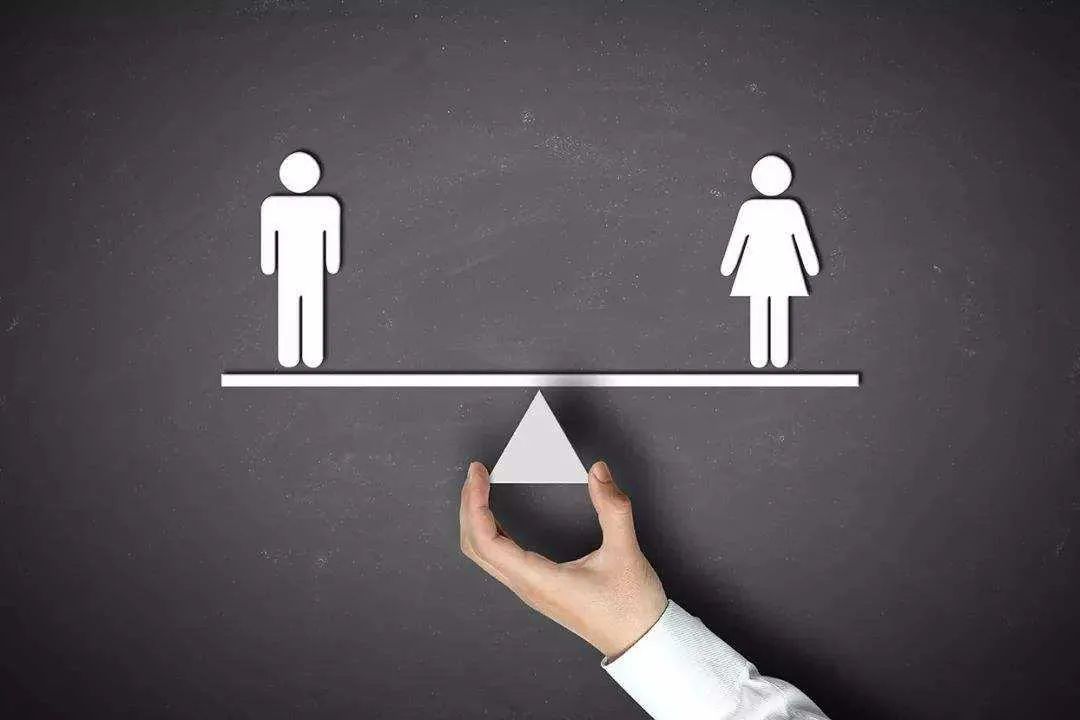Discovery at Carlson·18 How and Why Religion Influences the Gender Wage Gap

How and Why Religion Influences the Gender Wage Gap
Eighty-two days into this year, or March 24, 2021, working women finally earned what their male counterparts did in 2020. Yes, that means, women are paid 82 cents for every U.S. dollar paid to a man also working full-time and year-round, according to AAUW.
There are many factors as to why the gap persists. One that’s been overlooked? The impact of beliefs and practices reinforced by the world’s major religions, according to research by Carlson School Assistant Professor Elizabeth Campbell and Traci Sitzmann, associate professor at the University of Colorado Denver.

In a study published in the Academy of Management Journal, the researchers found that how religious a community affects the size of the gender wage gap. This is partly explained by the fact that each of the world’s major religions—Buddhism, Christianity, Folk, Hinduism, Islam, and Judaism—promote starker and more differentiated gender roles, shaping social norms, and affecting the workplace.
“It’s not that one religion is better or worse, with respect to the gender wage gap,” says Campbell, also a Lawrence Fellow. “It’s just whether religion is crucial to people’s day-to-day.”
Campbell and Sitzmann, who earned the the 2021 Responsible Research in Management Award, studied the gender wage gap in all 50 U.S. states and 140 countries, finding that:
- In nations where 95% or more of the population reported religion as an important part of their daily lives (e.g., Pakistan, the Philippines, and Sri Lanka), women earn only 46 percent of what men do.
- In nations where 20 percent or less of the population indicated the importance of religion (e.g., Estonia, Sweden, and Denmark), women earn 75 percent of men’s wages.
The United States is 101st among the countries for its religiosity and 90th for the size of its gender wage gap. Campbell and Sitzmann then compared the wage gap in each U.S. state to its religious attendance. “We found that in less-religious states, the wage gap decreased faster than in more-religious states,” explains Campbell. In the paper, Campbell and Sitzmann estimate the wage gap will close in 28 years in secular states, but not for 109 years in more religious states.
A telling example is the state of Utah. Sixty percent of residents there are members of The Church of Jesus Christ of Latter-day Saints. It’s also home to one of the largest wage gaps in the U.S., with women making less than 70 percent of what men do.
In a separate analysis for the Salt Lake Tribune, Campbell found that the wage gap is closing fastest in Connecticut, New Mexico, Delaware, Michigan, and Oregon. The slowest movers are Louisiana, South Dakota, Texas, Oklahoma, and Alabama. In an interview with the paper she noted that “the fastest five are narrowing the gender wage gap more than 12 times faster than the slowest five, on average.”
Being aware of religion as a factor in the gender wage gap is the start. To counteract its role, Campbell and Sitzmann also tested an experimental intervention to identify potential remedies. Results from controlled experimental interventional revealed the benefit of managers and policymakers explicitly support both men and women to be actively involved in their children’s lives, implement strict sexual harassment policies, and invest in female leaders’ career development to mitigate biases in wage allocation, boost transparency, and promote accountability--even in religious cultures.
“You can still have religious norms and faith as part of the culture,” says Campbell. “But you need to also block the effect of such norms from impacting how women’s work is valued compared to men’s. You need to overemphasize gender-egalitarian policies.”

2021年3月24日,进入新一年达82天之后,职业女性所获薪酬终于与男性2020年薪酬齐平了。换言之,同样全职工作、全年出勤,男性每获得1美元的报酬,女性只获得82美分。以上数据来自美国大学妇女联合会。
造成性别收入差距的原因很多,是否有一些原因一直被忽视?卡尔森学院副教授Elizabeth Campbell和科罗拉多大学丹佛分校副教授Traci Sitzmann研究发现,宗教造成的信念和行为规范也是一个原因。
上述研究成果发表在《美国管理学会学报》,在论文中研究者们表示,社区宗教氛围的浓度会影响性别收入差距的程度。该结论得到了现实的印证。佛教、基督教、民间宗教、印度教、伊斯兰教、犹太教等世界主要宗教都推崇性别角色的严格差异化,并据此塑造社会规范、影响职场环境。
Campbell表示:“在影响性别收入差异方面,宗教没有高低之分。需要考虑的只是宗教对日常生活的影响。”
Campbell和Sitzmann曾荣获美国管理学会2021年Responsible Research in Management Award。她们研究了美国50个州和其他140个国家的性别收入差异,并发现:
- 在95%以上的人口表示宗教是日常生活的重要部分的国家(例如:巴基斯坦、菲律宾、斯里兰卡),女性收入仅为男性的46%。
- 如该项数据仅为20%及以下(例如:爱沙尼亚、瑞典、丹麦),女性收入为男性的75%。
美国在宗教氛围方面排名第101,在性别收入差距方面排名第90。Campbell和Sitzmann随后分析了美国50个州的性别收入差异和宗教氛围。“我们发现,在宗教氛围较低的州,性别收入差距缩小的速度更快。”Campbell如是说。根据Campbell和Sitzmann的论文,在世俗化程度较高的州,性别收入差距将在28年后弥合;但在宗教氛围浓厚的州,这个过程需要109年。
犹他州是一个典型例子。该州60%的居民是摩门教的教徒,其性别收入差距也是美国最严重的几个州之一,女性收入不足男性的70%。
在其发表在《盐湖城论坛报》的一篇论文中,Campbell表示在康尼狄格州、新墨西哥州、特拉华州、密歇根州、俄勒冈州,性别收入差距缩小的速度最快。在路易斯安那州、南达科他州、得克萨斯州、奥克拉荷马州、阿拉巴马州,性别收入差距缩小的速度最慢。在一次访谈中她表示:“差距缩小最快的5个州,其平均改善速度是最慢的五个州的12倍。”
了解到宗教会造成性别收入差距,仅仅是开端。为了抵消这一负面效应,Campbell和Sitzmann展开了实验干预,试图找出可用的解决方案。通过控制性实验干预发现,如果企业管理者和政策制定者明确地鼓励男女双方共同育儿、执行严厉的反性骚扰政策、并投资支持女性领导者的职业发展,则会缩小薪酬差距、优化透明度、提高问责效率。即使在宗教氛围较为浓厚的社区,也能实现上述收益。
Campbell表示:“你可以坚持宗教规范和信仰文化,但也要杜绝宗教对女性工作回报的负面影响。性别平等的政策,如何强调也不过分。”



